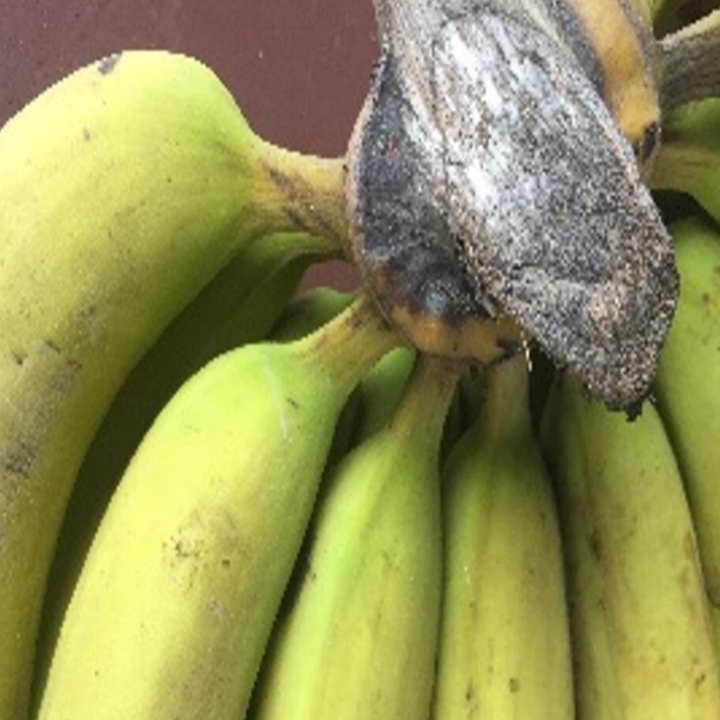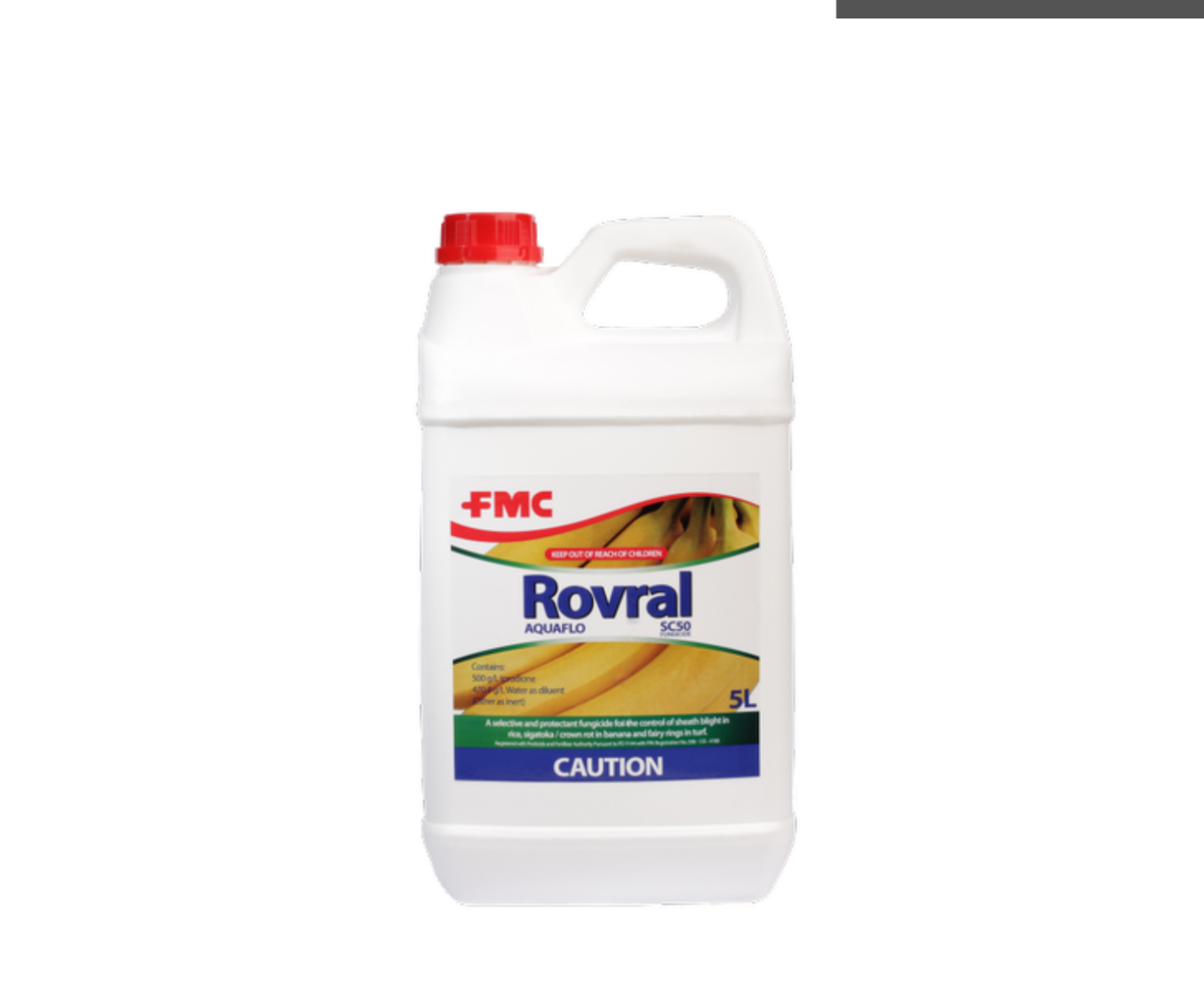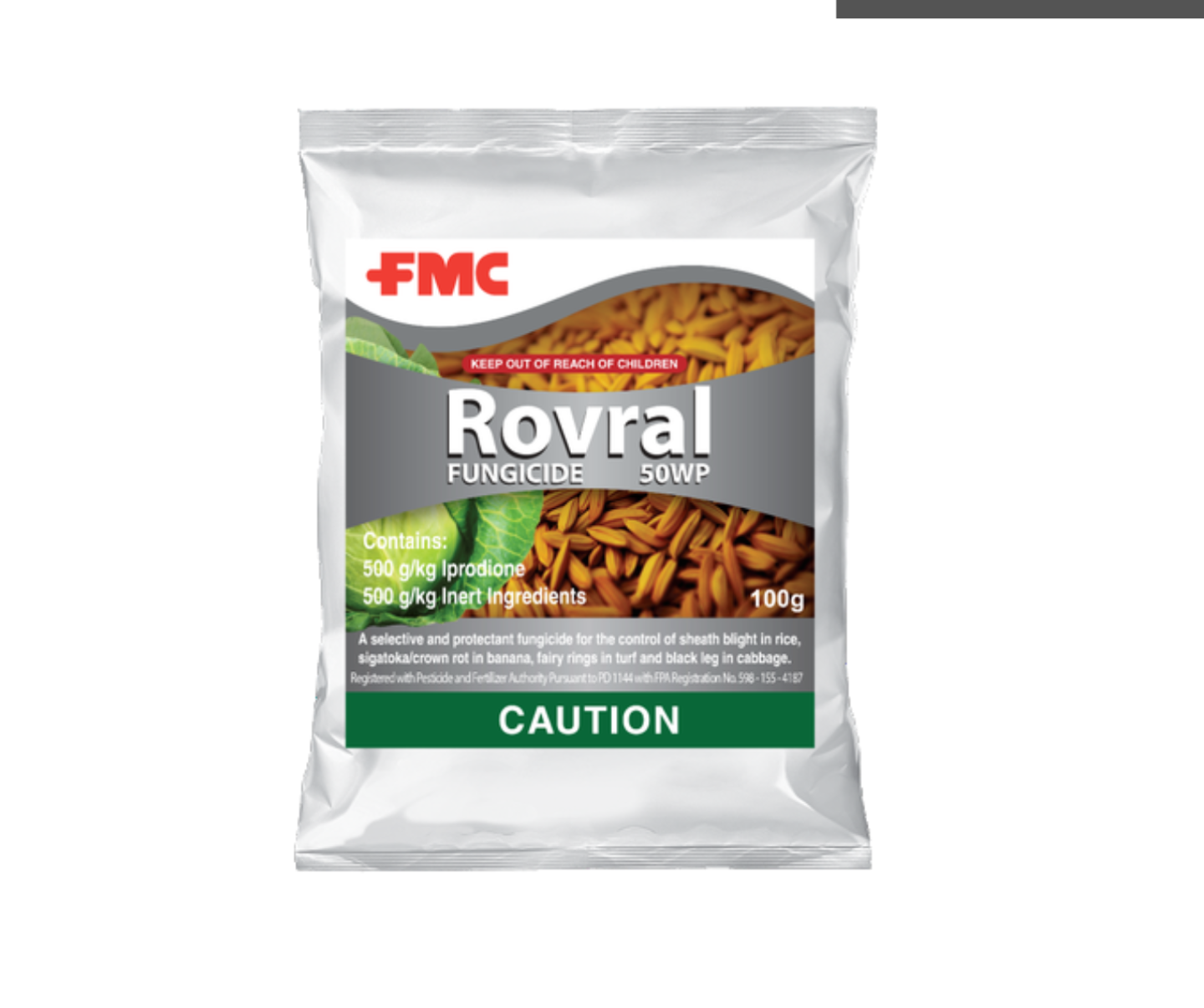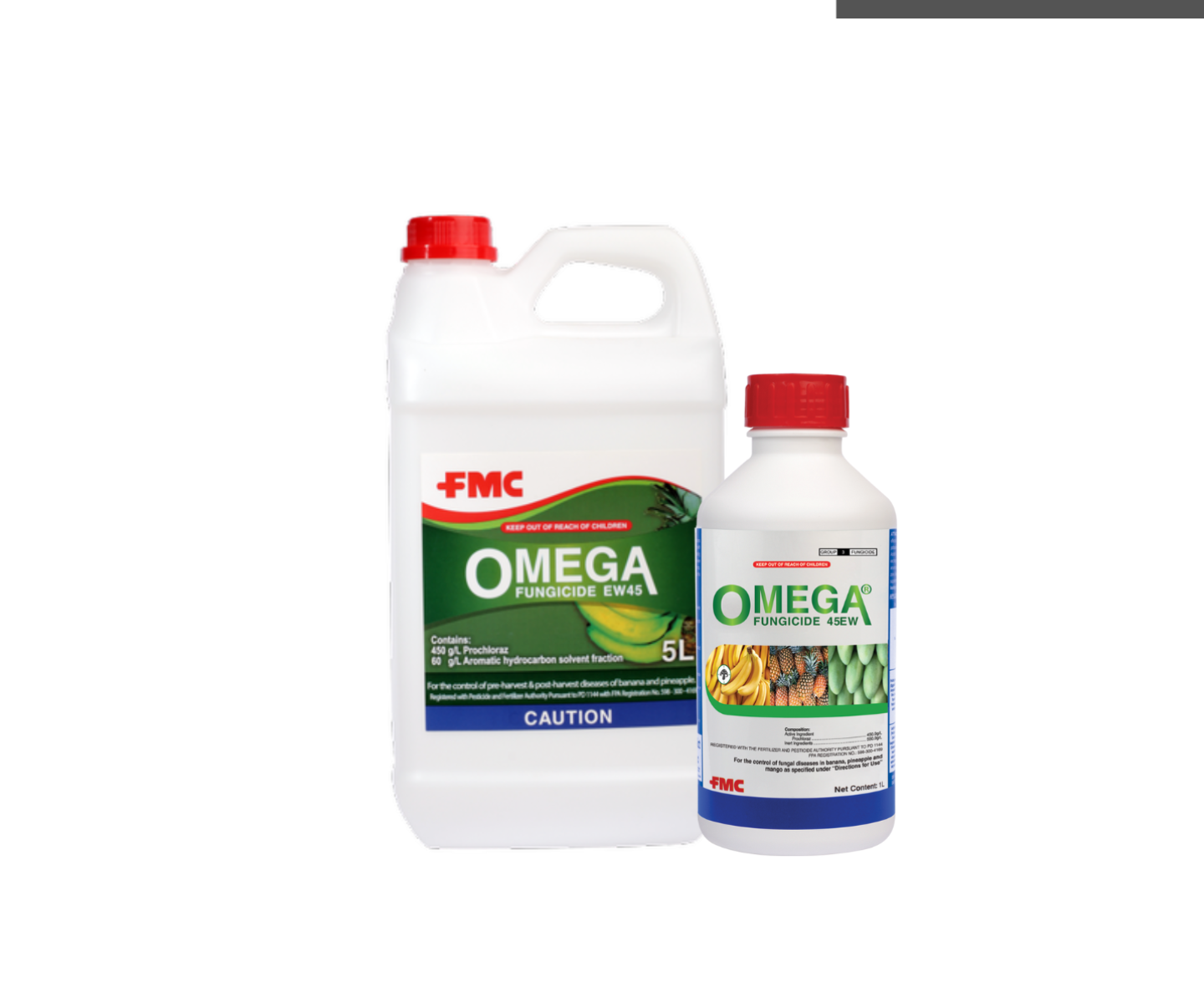Fungal Crown Mold & Rot

Crown rot & mold is responsible for significant losses in banana fruits. Predominantly, Fusarium pallidoroseum and Verticilliium theobromae were most frequently isolated from diseased crowns of untreated fruit.
What are the symptoms
The disease causes blackening and softening of tissues and begins at or near the cut surface of the crescent-shaped crown where the hand is detached from the main fruit stalk
Infects the young fruits at the distal ends
The skin turns brown to black
Lenticular or diamond shaped
For ripe fruit symptoms:
Initially, brown spots appear and later become sunken
Tip rot may develop and can rot the entire fruit but the pulp is not usually affected
Impact to the crop
Affects fruit quality because of the development of necrosis on the fruit, and it can also trigger early ripening of bananas during shipping.
Crown rot affects export bananas in all banana-producing countries and is considered to be one of the main export banana postharvest diseases.
How to control
Clean Cultural practices
Harvesting in the morning because of low temperature helps to minimize disease
Use specific fungicides prior to the control of crown rot of banana
Source: Hort Innovation, " The cause and management of crown rot of Banana". Retrieved from: https://www.horticulture.com.au/globalassets/laserfiche/assets/project-reports/ba13011/ba13011-final-report-386.pdf



